Amritendu De - Spring, Hibernate, Data Modeling, REST and TDD:Agile Java Design and Development
Here you can read online Amritendu De - Spring, Hibernate, Data Modeling, REST and TDD:Agile Java Design and Development full text of the book (entire story) in english for free. Download pdf and epub, get meaning, cover and reviews about this ebook. year: 2014, publisher: CreateSpace Independent Publishing Platform, genre: Computer. Description of the work, (preface) as well as reviews are available. Best literature library LitArk.com created for fans of good reading and offers a wide selection of genres:
Romance novel
Science fiction
Adventure
Detective
Science
History
Home and family
Prose
Art
Politics
Computer
Non-fiction
Religion
Business
Children
Humor
Choose a favorite category and find really read worthwhile books. Enjoy immersion in the world of imagination, feel the emotions of the characters or learn something new for yourself, make an fascinating discovery.
- Book:Spring, Hibernate, Data Modeling, REST and TDD:Agile Java Design and Development
- Author:
- Publisher:CreateSpace Independent Publishing Platform
- Genre:
- Year:2014
- Rating:4 / 5
- Favourites:Add to favourites
- Your mark:
Spring, Hibernate, Data Modeling, REST and TDD:Agile Java Design and Development: summary, description and annotation
We offer to read an annotation, description, summary or preface (depends on what the author of the book "Spring, Hibernate, Data Modeling, REST and TDD:Agile Java Design and Development" wrote himself). If you haven't found the necessary information about the book — write in the comments, we will try to find it.
In this book we are developing a multi-tiered object-oriented Java web system using Spring and Hibernate. Instead of real life business requirements, we consider examples of all the relationships of data modeling. With each lesson, we develop the user interface along with the presentation tier in a nimble manner. We also develop the business service tier, the data access tier and the resource (entity) tier with the test driven development agile approach. The chapters contain detailed explanations and code fragments sufficient to get you familiarized with the development techniques. The Appendix section has the link to the entire source code should you require reference to it. I appeal to the reader to go hands on and develop the entire code shown in the book which may aid in improving core concepts of relational database driven web application development.
What you will learn:- REST Architecture with support for mobile applications
- All the relationships of data modeling
- Development of user interface with JSP, JQuery, AJAX and JSON
- Development of mock in-memory database
- Design, develop and unit test the presentation tier
- Design, develop and unit test the business tier
- Design, develop and unit test the data access tier
- Design, develop and unit test the resource (entity) tier
- Popular patterns and best practices in designing a complete Spring and Hibernate based relational database driven Java web application
PART I: An Introduction to Data-Driven Development
Chapter 1. Architecture
Chapter 2. Managing a Standalone Entity
PART II: Managing a One-to-One Relationship
Chapter 3. One-to-One Unidirectional Relationship
Chapter 4. One-to-One Bidirectional Relationship
Chapter 5. One-to-One Self-Referencing Relationship
PART III: Managing a One-to-Many Relationship
Chapter 6. One-to-Many Unidirectional Relationship
Chapter 7. One-to-Many Bidirectional Relationship
Chapter 8. One-to-Many Self-Referencing Relationship
PART IV: Managing a Many-to-Many Relationship
Chapter 9. Many-to-Many Unidirectional Relationship
Chapter 10. Many-to-Many Bidirectional Relationship
Chapter 11. Many-to-Many Bidirectional with Join Attribute Relationship
Chapter 12. Many-to-Many Self-Referencing Relationship
Chapter 13. Many-to-Many Self-Referencing with Join Attribute Relationship
PART V: Managing Inheritance Relationships
Chapter 14. Single Table Inheritance
Chapter 15. Concrete Table Inheritance
Chapter 16. Class Table Inheritance
Unique Selling Points:
- The techniques given in this book can be used in real-life professional projects and are not present in the specification.
- The code given as a download option can be used in professional projects reducing development time by 30%.
- Difficult to find another Java book covering how to design all the tiers of JEE application design-entity, data access, business service and presentation.
- Difficult to find another Java book covering test driven development at all the tiers of the stack which is a best practice for agile projects very popular in todays market.
- Difficult to find another Java book covering all the relationships of data modeling which I have covered in detail.
- Difficult to find another Java book covering REST architecture which is popular in todays world where applications needs to support mobile view along with online view.
Amritendu De: author's other books
Who wrote Spring, Hibernate, Data Modeling, REST and TDD:Agile Java Design and Development? Find out the surname, the name of the author of the book and a list of all author's works by series.

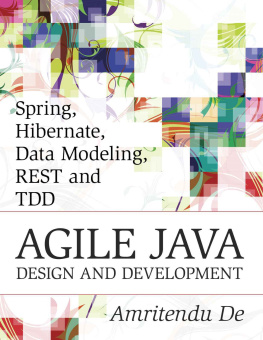
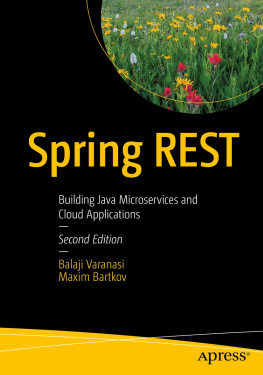
![Juha Hinkula [Juha Hinkula] - Hands-On Full Stack Development with Spring Boot 2.0 and React](/uploads/posts/book/119460/thumbs/juha-hinkula-juha-hinkula-hands-on-full-stack.jpg)

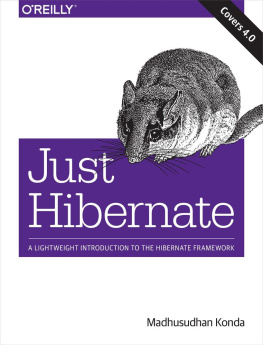
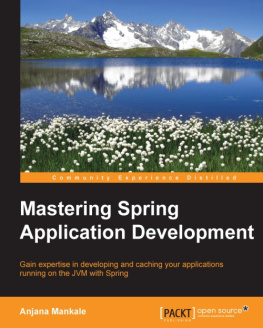
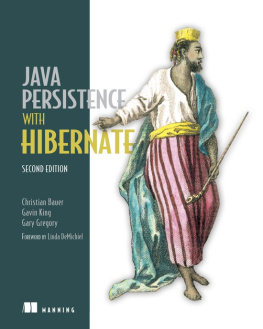
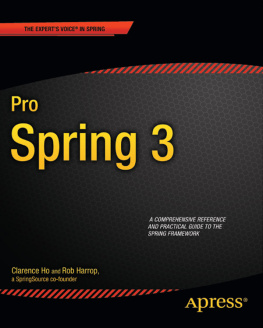
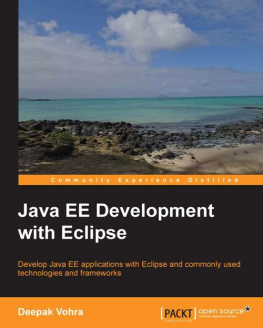
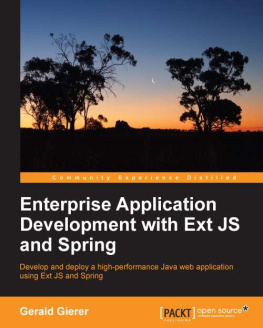
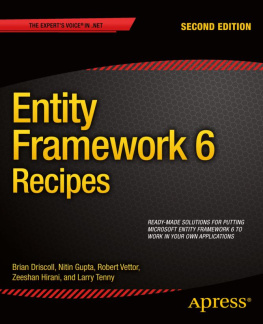

 After completing his computer science, engineering degree, Amritendu De has spent the last 12 years working in the IT industry. He has worked for organizations such as HP, IBM and Oracle in various capacities and is currently working with a leading multinational company as a Senior Software Architect. He has worked extensively on Java and related technologies; has been involved in end-to-end product development for CRM, Utilities and Data Center Infrastructure Management business domains; and holds Sun Certified Enterprise Architect (SCEA) certification. He is the author of the Oracle Certified Master Java EE Enterprise Architect Practice Guide and the Oracle Certified Associate Java SE 7 and SE 6 Practice Exams.
After completing his computer science, engineering degree, Amritendu De has spent the last 12 years working in the IT industry. He has worked for organizations such as HP, IBM and Oracle in various capacities and is currently working with a leading multinational company as a Senior Software Architect. He has worked extensively on Java and related technologies; has been involved in end-to-end product development for CRM, Utilities and Data Center Infrastructure Management business domains; and holds Sun Certified Enterprise Architect (SCEA) certification. He is the author of the Oracle Certified Master Java EE Enterprise Architect Practice Guide and the Oracle Certified Associate Java SE 7 and SE 6 Practice Exams.  Michael Rocha is an Enterprise Architect and Consultant with more than 25 years of experience. He started his career in IT in the era of Unix based systems and MS-DOS PCs and has been at the forefront of disruptive technologies, including the client-server era, web-based computing, the dot com boom, and most recently in the Cloud, Analytics, Mobile and Social computing. He has extensive experience in Java and JEE and has architected solutions for clients worldwide. About the code contributors
Michael Rocha is an Enterprise Architect and Consultant with more than 25 years of experience. He started his career in IT in the era of Unix based systems and MS-DOS PCs and has been at the forefront of disruptive technologies, including the client-server era, web-based computing, the dot com boom, and most recently in the Cloud, Analytics, Mobile and Social computing. He has extensive experience in Java and JEE and has architected solutions for clients worldwide. About the code contributors Lalit Narayan Mishra is an Electronics engineer who has spent the last eight years working on Java and related technologies.
Lalit Narayan Mishra is an Electronics engineer who has spent the last eight years working on Java and related technologies.  Hazekul Alam graduated from West Bengal University of Technology in 2006 with a degree in Computer Engineering.
Hazekul Alam graduated from West Bengal University of Technology in 2006 with a degree in Computer Engineering.  Chapter 1.
Chapter 1.